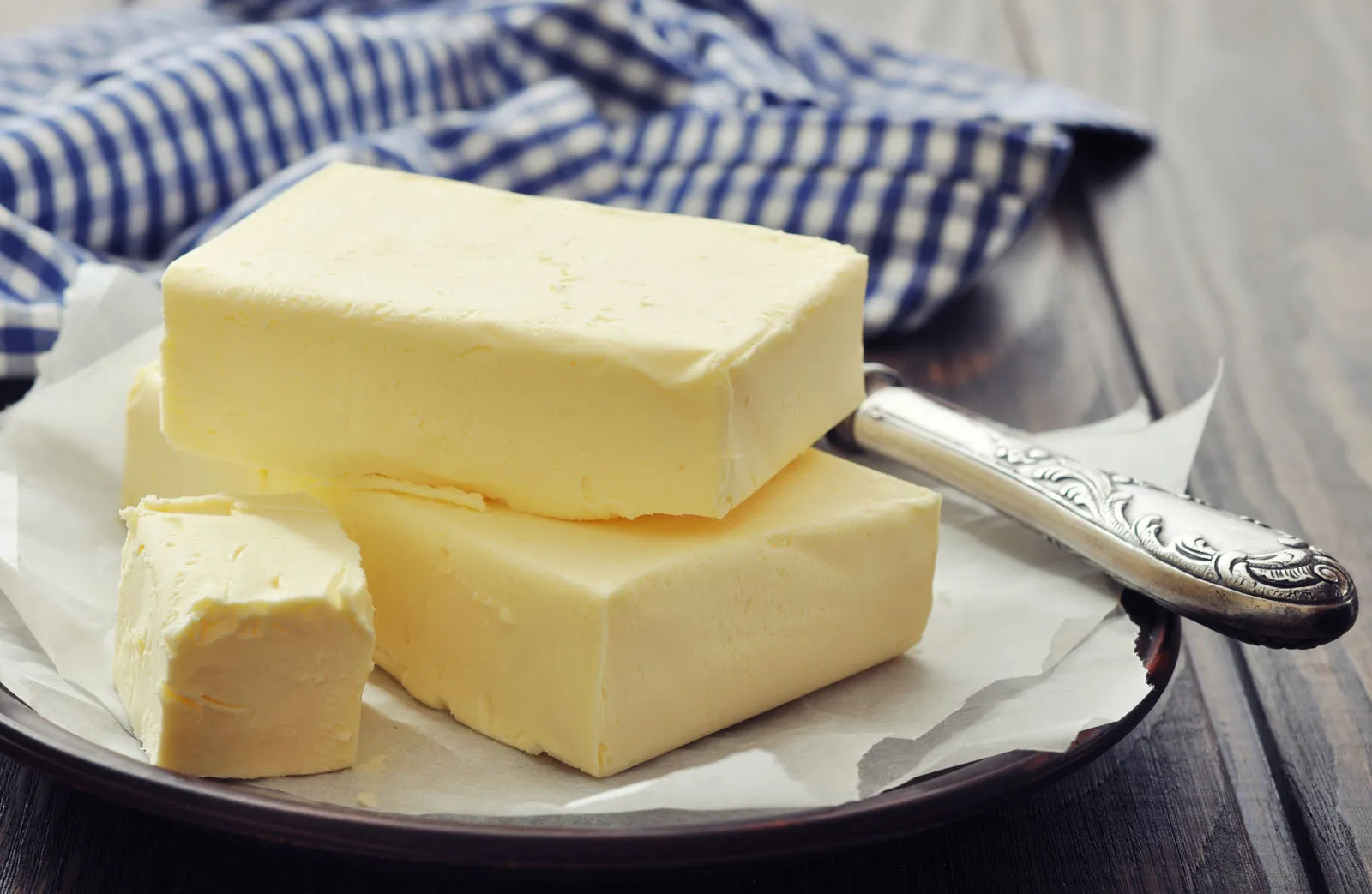Food & Climate
Butter prices have rebounded after a brief lull, pushing the world food index higher in April, with some commodities.
The benchmark measure of world food commodity prices increased in April, driven by higher quotations for major cereals, meat and dairy products, the Food and Agriculture Organization of the United Nations (FAO) reported on Friday, according to the statement that “Food & Climate” platform received.
The world food price index, which tracks monthly changes in the international prices of a set of globally traded food commodities, averaged 128.3 points in April, up 1.0 percent from March and 7.6% from the same month last year.
The FAO Dairy Price Index increased by 2.4% in April from the previous month to stand as much as 22.9% higher than a year earlier. The rise was led by international butter prices, which hit a new all-time high due to declining inventories in Europe.
Butter prices are increasing
The rise in butter prices was the primary reason for the rise in the World Food Price Index in April 2025. Butter production had been hit by numerous crises since the last quarter of 2023, causing prices to spike to historic highs. They remained stable high for 14 months until December 2024, when they declined for the first time.
Across the 27-member European Union, the price of butter rose 19% on average from October 2023 to October 2024, including by 49% in Slovakia, and 40% in Germany and the Czech Republic, according to figures provided to The Associated Press by the EU’s executive arm. Reports from individual countries indicate the cost has continued to go up in the months since.
In Germany, a 250-gram block of butter price was between 2.40 and 4 euros ($2.49-$4.15), depending on the brand and quality.
The increase is the result of a global shortage of milk caused by declining production, including in the United States and New Zealand, one of the world’s largest butter exporters, according to economist Mariusz Dziwulski, a food and agricultural market analyst at PKO Bank Polski in Warsaw.
European butter typically has a higher fat content than the butter sold in the United States. It also is sold by weight in standard sizes, so food producers can’t hide price hikes by reducing package sizes.

A butter shortage in France in the 19th century led to the invention of margarine, but the French remain some of the continent’s heaviest consumers of butter, using the ingredient with abandon in baked goods and sauces.
Butter is so important in Poland that the government keeps a stockpile of it in the country’s strategic reserves, as it does national gas and COVID-19 vaccines. The government announced in December that it was releasing some 1,000 tons of frozen butter to stabilize prices.
The price of butter rose 11.4% between early November and early December in Poland, and 49.2% over the past year to nearly 37 Polish zlotys, or $9 per kilo for the week ending Dec. 8, according to the National Support Center for Agriculture, a government agency.
The reasons
The FAO says the reason for the rise in butter prices in April was low stocks in Europe, but there are many reasons behind the rise in butter prices over a period of nearly two years.
Agnieszka Maliszewska, the director of the Polish Chamber of Milk, thinks domestic, EU-specific and global issues explain butter inflation. She argues that the primary cause is a shortage of milk fat due to dairy farmers shutting down their enterprises across Europe because of slim profit markets and hard work.
She and others also cite higher energy costs from Russia’s war in Ukraine as impacting milk production.
Economist Dziwulski, however, thinks droughts may be a factor in reducing production. Falling milk prices last year also discouraged investments and pushed dairy producers in the EU to make more cheese, which offered better profitability, he said.
An outbreak of bluetongue disease, an insect-borne viral disease that is harmless to humans but can be fatal for sheep, cows and goats, may also play a role, Dziwulski said.
The U.S. saw a butter price spike in 2022, when the average price jumped 33% to about $9 per kilo over the course of the year, according to government data. Dairy farmers struggled with feed costs and hot temperatures.

U.S. butter prices fell in 2023 before rising again in 2024, hitting a peak of about $10 per kilo in September.
Since 2023 the cost of butter shot up 44% on average in Italy, according to dairy market analysis firm CLAL. Italy is Europe’s seventh-largest butter producer, according to “Voa News“.
While the FAO Cereal Price Index increased by 1.2% from March. By contrast, the FAO Vegetable Oil Price Index declined by 2.3%, and Sugar Price Index also dropped by 3.5% from March.

